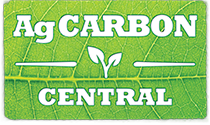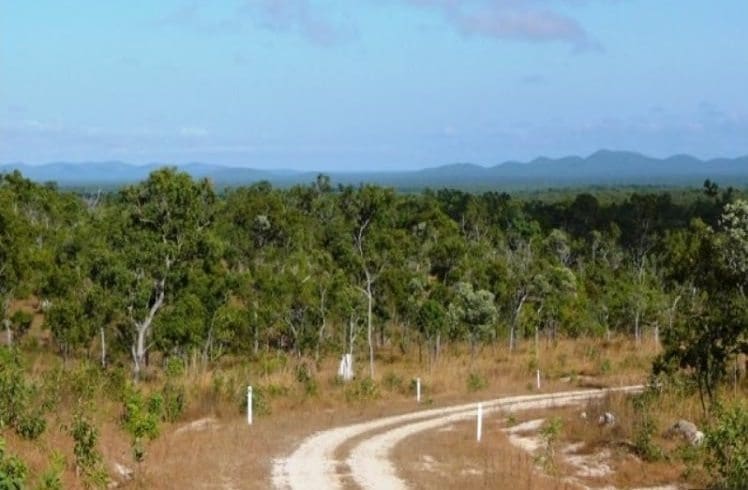ONE of the country’s biggest carbon aggregator companies is calling for more early and transparent planning of carbon projects to realise their full benefit.
Corporate Carbon has been showcasing work it has done on a 522,000ha aggregation of three properties in Cape York. The company purchased Crystalvale, Holroyd and Yarraden in 2023 for $29m.
In highlighting that work, Corporate Carbon been calling for landholders to look closely at a formalised process called ‘Healthy Country Planning’ to make sure projects run smoothly.
All three properties are now certified as nature refuges by the Queensland Government, with Crystalvale recently completing the process. Holroyd and Yarraden were previously nature refuges.
The refuges are a voluntary commitment to the State Government to provide ecological and cultural values to a certain area.
The properties are also under a savanna burning carbon project.
Corporate Carbon group technical officer Dr Kate Dodds said the nature refuges ran comfortably alongside the cattle operation.
“It is about on-the-ground land management, you can manage where the cattle move and fence cattle off from certain areas – it is not that onerous for the cattle operation,” Dr Dodds said.
“It is the same for the savanna burning project, some people may have thought it was either savanna fire or cattle. But the thinking has moved on from that, because the cattle can be really useful for fire management as they graze the fuel load down.”
Dr Dodds said early planning was important.
“You first need to identify areas that might have certain plant species that should not be developed, either for cattle grazing and certainly for putting a road through them,” she said.
“There is so much native title in Cape York so it is really important to bring the Traditional Owners into the process. We checked for areas that are culturally important to the TO’s and you can protect those areas.”
Integrity in sharing the benefits
Looking at the carbon market, projects like the Crystalvale aggregation can command a premium for their credits by demonstrating benefits alongside carbon sequestration – like improving biodiversity or sharing benefits with traditional owners.
Some of those benefit sharing arrangements have come under scrutiny in recent times.
Corporate Carbon supports the ‘healthy country planning’ process developed with Indigenous people in Australia, which sets the plan for a project early, guides the management of that project and demonstrates how each party’s expectations are being met.
“You hear a lot about greenwashing and projects saying they are doing one thing for the environment and doing another. There is also a risk of doing that with benefit-sharing arrangements,” she said.
“If you are saying you have a carbon project with ‘co-benefits’, whether that is improvements to biodiversity and you are going to get these cultural benefits – that is great if it is real. So we are saying there should be a formal process that is followed, which documented, transparent and shows how you are making sure everyone’s expectations are met.”

